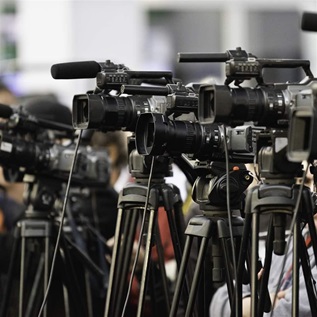Many Reasons for Lines at the Polls
Return to Election Data Dispatches.
Long lines at the polls have gotten plenty of attention since November 6, and while people are clamoring for solutions, there is still much to learn about why these lines occur. Some of the reasons people waited for hours this most recent Election Day include:
- Confusion over voter registration. Reports emerged about voters checking in to vote only to find they were not on the rolls, causing backups and delays while poll workers tried to assist.
- Ballots running out. On the island of Oahu in Hawaii, more than half of the 140 polling places needed to be resupplied with ballots with dozens completely running out of ballots at some point during the day. This left voters waiting for new ballots to arrive or leaving without casting a ballot. The state elections office said they miscalculated how many ballots would be needed.
- Not enough/malfunctioning voting machines. In Richland County, South Carolina, some voters faced lines of six hours after voting machines broke down and others questioned whether there were enough machines in use. The chair of the Richland County Elections and Voter Registration Board of Commissioners said 703 of the county's 930 voting machines were deployed. She told WLTX it is not clear why the more than 200 additional machines were not used.
- Not enough poll workers. In Rhode Island, the State Board of Elections said that lines in some part of the state were due to not having enough people to work the polls.
- Long ballots. Florida saw some of the longest lines, and this was in part due to an incredibly lengthy ballot with 11 statewide initiatives.
- Fewer polling places. To save money, some jurisdictions have consolidated precincts and reduced the number of polling places—meaning fewer places to rent and fewer poll workers to pay. While Johnson County, Kansas voters did not face the very long lines others across the nation did, election director Brian Newby noted he wasn't happy with the 45 minute lines voters faced most of the day. 12,000 more people voted at the polls this Election Day than in 2008 and did so at 221 polling places compared with the 284 in use in 2008
These are just some of the reasons lines can form at the polls. So while calls for reform are already being heard, it will also be helpful to see more in-depth research in this area to provide policymakers and advocates with more guidance in how to best address these problems.











